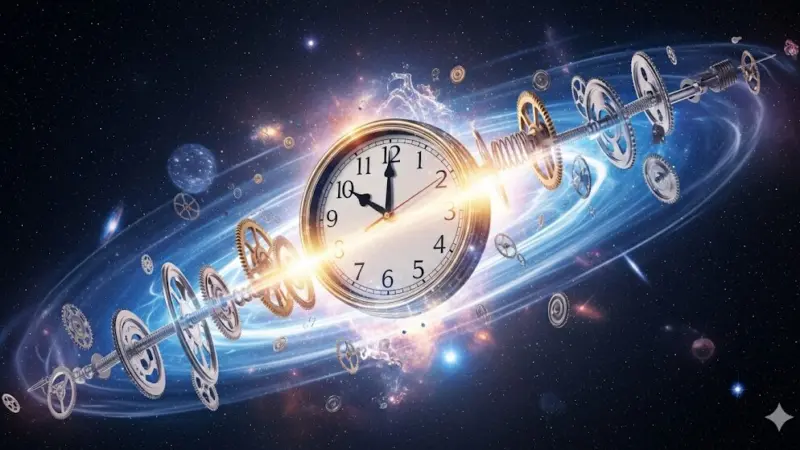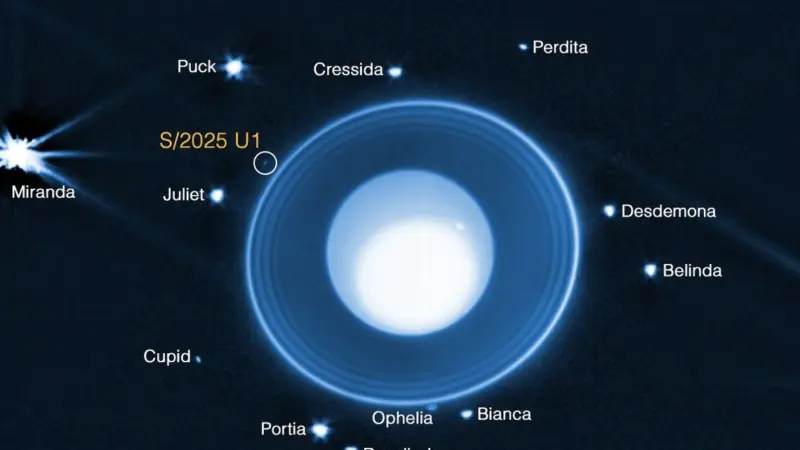JWST Captures All 4 Giant Planets including Saturn
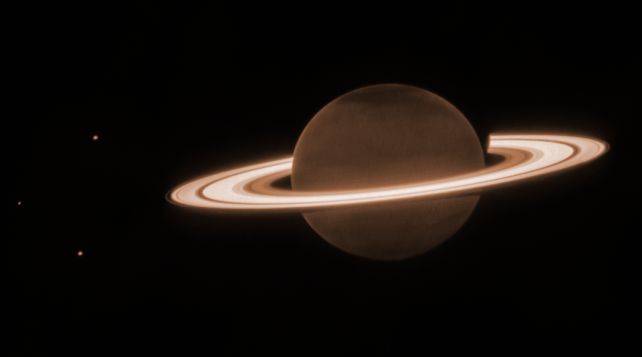
The James Webb Space Telescope (JWST) has recently achieved a remarkable milestone by capturing images of all four giant planets in our Solar System. With its advanced technology, JWST provides us with a stunning view of Saturn’s magnificent rings, shedding light on the hidden secrets of these celestial wonders.
Saturn: A Closer Look at the Ringed Giant
JWST’s observations of Saturn, taken on June 25, 2023, have unveiled an awe-inspiring spectacle of the planet’s famous rings shimmering in golden hues against the backdrop of darkness. Interestingly, the image reveals a relatively featureless and dark disk, devoid of the characteristic cloud bands typically associated with Saturn. The secret lies in the wavelengths of light detected by JWST—near- and mid-infrared. These invisible wavelengths offer valuable insights into a planet’s internal dynamics, including temperature and chemical processes. By studying Saturn’s temperature and exploring its unique infrared emissions, scientists hope to identify new ring structures and potential moons orbiting this gas giant. Furthermore, the image also provides clues about Saturn’s seasonal changes and atmospheric phenomena, such as the mysterious dark polar region and the bright atmosphere around the planet’s edges.
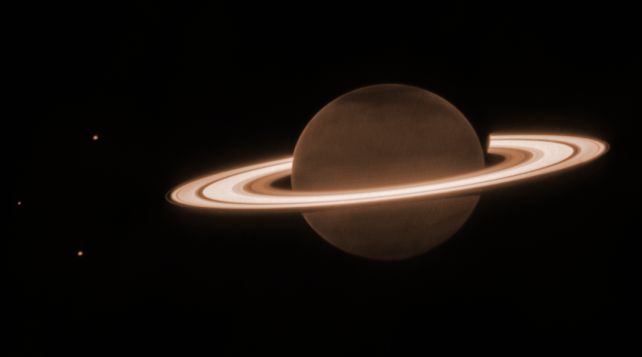
Saturn in near-infrared wavelengths, using a filter that blocks emission from methane in Saturn’s atmosphere. (NASA, ESA, CSA, STScI)
Jupiter: Unveiling Turbulent Clouds and Tenuous Rings
Jupiter, the largest planet in our Solar System, received the JWST treatment in August of the previous year, captivating us with its astounding detail and vibrant clouds. The telescope’s observations not only revealed the planet’s well-known turbulent storms but also unveiled rarely seen features such as the permanent aurorae shimmering at Jupiter’s poles. Moreover, JWST provided a glimpse of Jupiter’s delicate rings and even captured the presence of lesser-known moons, Amalthea and Adrastea. These observations contribute to the comprehensive study of Jupiter’s dynamics, chemistry, and satellite system, providing scientists with invaluable data for further analysis.
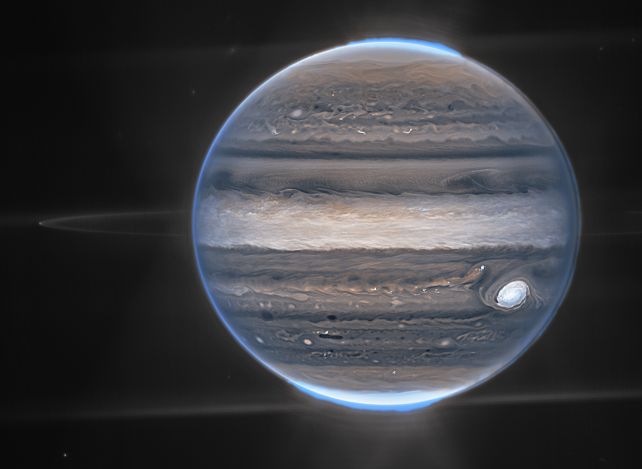
Jupiter in near-infrared by JWST. (NASA, ESA, CSA, Jupiter ERS Team)
Neptune: A Long-Awaited Revisit to the Ice Giant
Neptune, often overlooked due to its distance, received renewed attention with JWST’s observations in the latter half of September 2022. Over three decades after Voyager 2’s visit, the telescope offered a fresh perspective on Neptune’s elegant rings, this time in infrared, revealing a new level of detail. Additionally, JWST’s images unveiled seven of Neptune’s 14 known moons, providing scientists with an updated understanding of its moon system. Furthermore, the observations also captured bright spots within Neptune’s atmosphere, shedding light on storm activity and unveiling a previously unseen bright band encircling the planet’s equator. This unique discovery may hold clues to Neptune’s global atmospheric circulation.
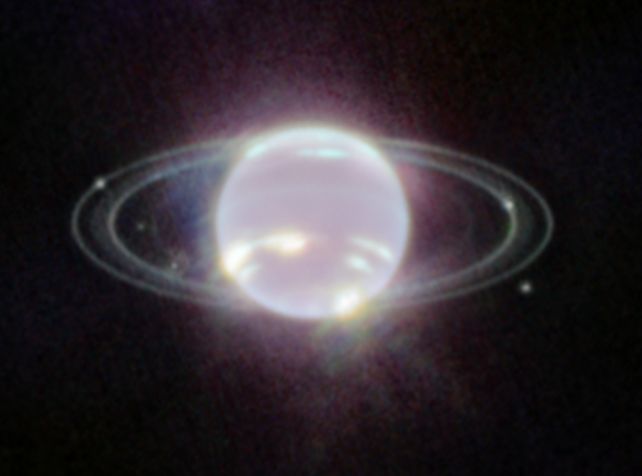
Neptune in near-infrared by JWST. (NASA, ESA, CSA, STScI, J.)
Uranus: Unraveling Mysteries and Astonishing Ring Structures
Uranus, the enigmatic sibling of Neptune, presented JWST with its own set of puzzles. Despite its similarities to Neptune, Uranus possesses distinct color hues, intriguing scientists for years. While JWST’s observations released in April 2023 did not provide definitive answers to these mysteries, they did expose 11 of the 13 structures comprising Uranus’ remarkable ring system. Additionally, the telescope captured an unexplained atmospheric brightening over the planet’s polar cap, further deepening our curiosity about this captivating celestial body.
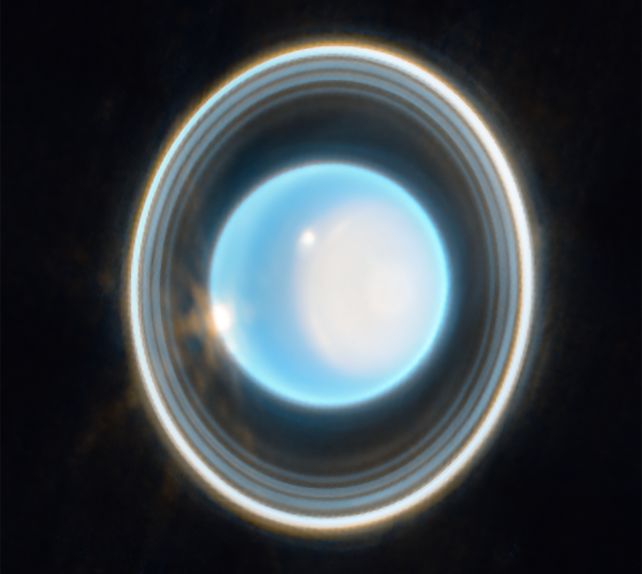
Uranus in near-infrared captured by JWST. (NASA, ESA, CSA, STScI, J.)
As JWST’s inaugural year draws to a close, it not only sheds light on the secrets of the early Universe but also paves the way for groundbreaking discoveries closer to home. With each passing moment, our anticipation grows as we contemplate the myriad wonders that await us in the years ahead.





